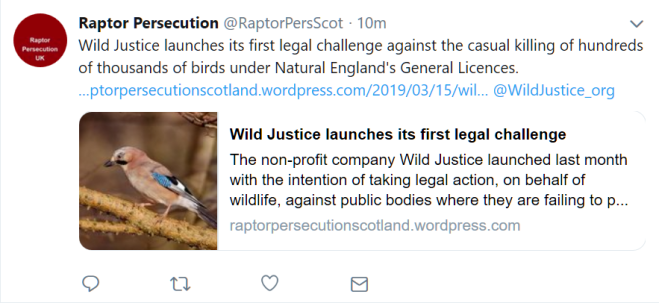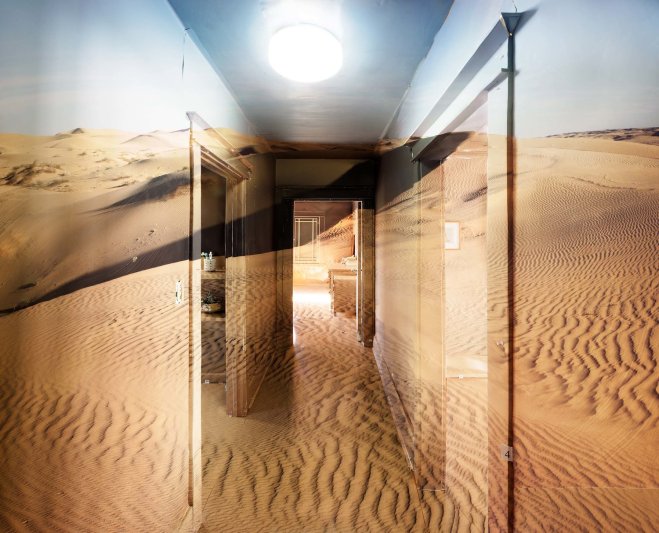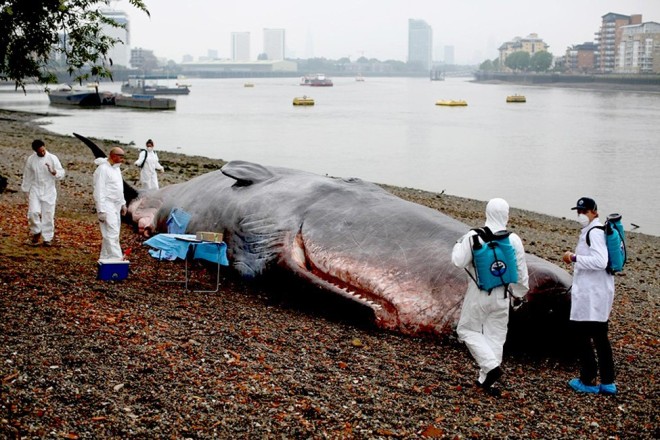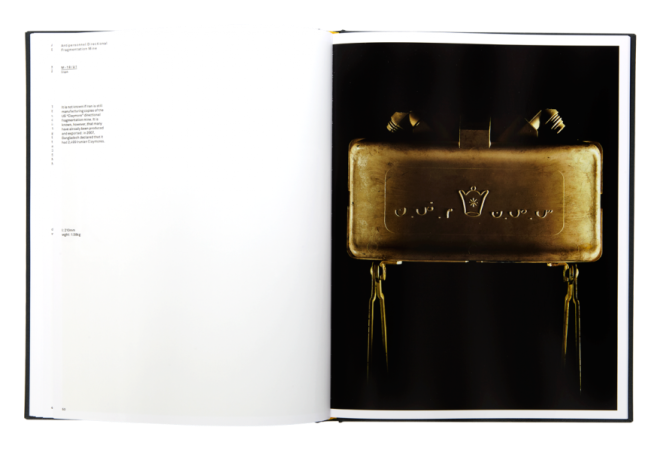The message behind my FMP Trophies is about Conservation and where it is / how it is disseminated affects the effectiveness of the message – I wrote Final Major Project -Term 6: A place and a function for contemporary photography – deciding. about a survey to help with dissemination decisions so that I could talk to the unaware as well as the converted.
But the start of this was to try and get a basic understanding of the theory behind it. Those who know me well, know it is not my favourite place to be – mostly because of privacy but also because I abhor the control / influence it’s controllers have on certain sectors of society. In the interests of furthering my understanding ( so at least I can say I don’t like it having tried it all – much the same as I have tried marmite, baked beans and gin and don’t like those either) I got stuck into the books and papers.
What is Social Media? The Cambridge English Dictionary defines it as:
Websites and computer programs that allow people to communicate and share information on the internet using a computer or mobile phone
But Fuchs (2014.p38) suggests that
all media and all software are social in the sense that they are products of social processes
So pulling this statement apart it is not to much of a stretch to consider cave paintings, town criers, newspapers, – in fact anything that shares information as media and the precursor to today’s internet based platforms.
Social Media – as we know it today – was the solution to the bursting of the Dot Com Bubble in 2000. Investors needed new features to tantalise them. The promises and potentials of Web 2.0 offered a revitalising and expansion of the Internet economy.
Web 2.0 offered speed and ease of social collaboration, communication and co-operation, which could be harnessed to make money. Tangentially it was low cost since the social collaboration was unpaid – you find a product – you like – you tell your friends about it.
I read a lot about Participatory Culture Theory but distilled it down to two small but important sound bites:
- Cultural diversity can be shared and advanced.
- Not all voices are equal; resources for being heard are controlled by a few. An economic power.
This confirmed a statement made by Fuchs (2014. P56) suggesting that
Corporate platforms owned by Facebook, Google and other large companies strongly mediate the cultural expressions of Internet users.
My next piece of research took me down a narrower set of parameters – Conservation and Social Media.
Research by DiMinin E. Tenkanen, H Toivonen, T ( 2015 /3) carried out with self-selected candidates in Germany and Finland showed Facebook as the most popular platform for nature based posts, Instagram and Flickr were jointly the least popular. They also discovered that:
Instagram and Twitter, are widely used for real-time posting of individual pictures and text.
Instagram is mainly used to share self-generated content, while Twitter is also being used to pass on content and links provided by others. I
Facebook is often used to share individual pictures, or photo albums (e.g., from a trip) but not (necessarily) in real time.
Facebook was rated by this group as the most popular social media platform for their nature related posts
I found this information fascinating but it does not override the premise that resources are controlled by the few – who set the parameters for AI. I am happy that my survey and background research suggest that an editorial version of Trophies in a neutral publication is complimentary to the other methodologies and will disperse my message a little bit further than if I were to just leave it on the Web after the Installation at WWWT Washington is taken down.
Bibliography
Social Media Definition. Available at
DiMinin, E. Tenkanen, H Toivonen, T. 2015 ‘Prospects and challenges for social media data in conservation science’ available at https://www.frontiersin.org/articles/10.3389/fenvs.2015.00063/full [Accessed 02/01/2019]
https://dictionary.cambridge.org/dictionary/english/social-media. [accessed 01/03/2019]
Fuchs, C. Social Media – A Critical Introduction. Sage. London
Using social media to strengthen public awareness of wildlife conservation. Wua,Y. Xiea, L. et al. 2018 . Ocean and Coastal Management Journal .2018. Page 78

















